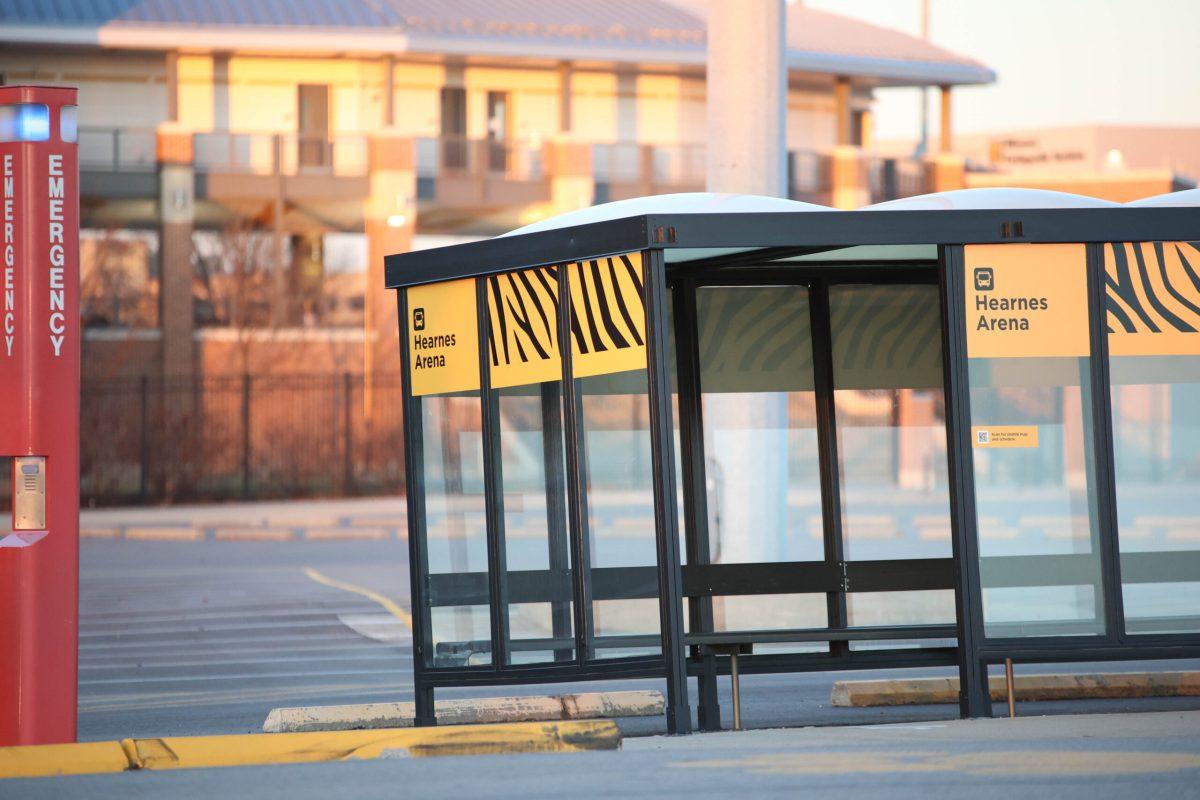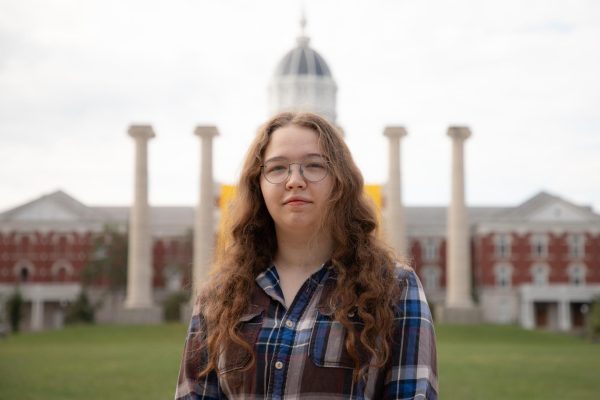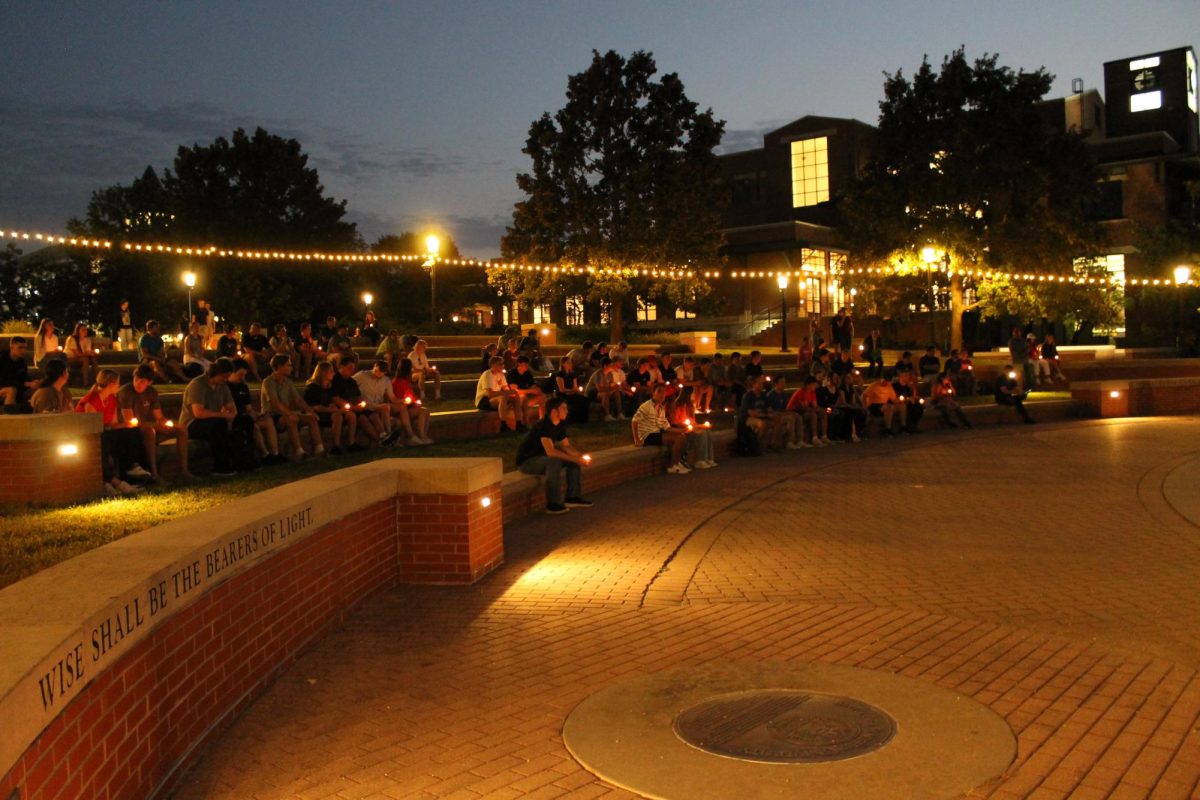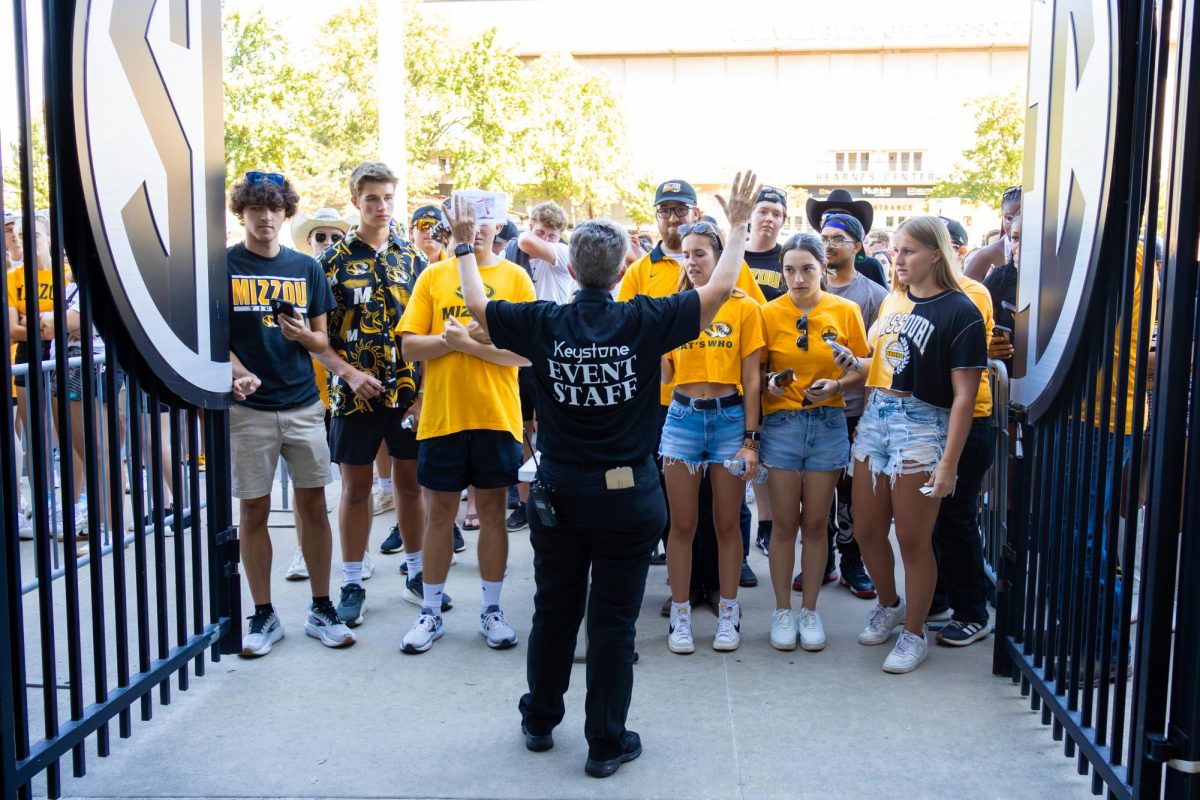A housing study covering Boone County highlighted areas where Mizzou and other local universities can take a proactive role in reducing housing costs for students
Amid high housing costs and broad criticism of Columbia’s public transportation, a Boone County housing study was conducted to understand the gap between supply and demand for affordable housing.
The study’s results, which were published in October, found safety concerns in the limited transportation options for university students living off-campus and a lack of transparency between landlords and student tenants.
Dr. David Boston, the owner of Amarach Planning Services and a chief conductor of the housing study, interviewed Boone County residents and community stakeholders for the study. In many cases, apartment complexes advertised as student housing would allow non-students to rent rooms in the same units as students, creating “uncomfortable living situations.”
Boston recommended that university and property management staff coordinate through an online housing portal to ensure that students rent units with other students. He also suggested that universities subsidize student housing in private complexes to increase affordability.
“We will take the findings of this study under consideration as we move forward,” said Travis Zimpfer, MU Deputy Spokesperson. “Given that investments in student housing facilities are multimillion-dollar commitments, it is imperative that these decisions are made with great care and strategic planning to provide a supportive and accommodating living environment for all our students.”
University students generate a majority of the demand for apartment rental units in Columbia. Over 50% of renters in the city are cost-burdened, or spend more than 30% of their income on housing – an issue emphasized by an ongoing shortage of rental spaces.
When renters do find housing within their budget, limited public transportation can make it difficult to navigate Columbia without a car.
Waiting times for the Tiger Line and other Go COMO shuttles are 90 minutes long, preventing many students from using public transportation and increasing demand for on-campus housing among returning students, according to the study.
“Taking a 45-minute walk was just more effective for me than waiting forever for the bus, so I only used it once or twice through college,” said Cameron Clapp, a senior at MU who has lived off-campus since starting college in 2020.
Reliable public transit is more than a matter of convenience for students living off campus, as Clapp elaborated on his experiences with Columbia’s system in high school.
“One of my classmates got hit and killed walking home from work because there were no sidewalks or public transit to get them home,” Clapp said.
To address long wait times, the study recommended that Columbia’s universities, apartment complexes and other popular destinations for students form a cost-sharing agreement to reduce waiting times and expand available routes. The agreement would streamline existing resources so that more funding can be diverted to alleviating housing costs for students off-campus.
From this study, it is likely that student housing will continue to increase in price in the coming years due to MU’s high retention rate – almost 25 percentage points greater than the national average – and its increasing enrollment numbers for first year students will in return increase demand for housing in the area.
Boston encouraged students struggling with housing costs to contact the Columbia Housing Authority for direction on various resources. Boone County’s Upward Mobility website also provides updates on local housing initiatives like the housing study to forward policy addressing the need for affordable housing.
The complete results of the housing study can be found here.
Edited by Maya Dawson | [email protected]
Copy edited by Emma Short | [email protected]
Edited by Emily Skidmore | [email protected]















